YouFab Global Creative Awards 2019 Results Announcement
We are pleased to announce the final results of the YouFab Global Creative Awards 2019, which was held from August 1st to October 31st, 2019.
Twenty finalists were selected from 285 works from 42 countries. Among them, works and activities that embody this year's theme of "coexistence" will be announced, including the Grand Prize, the 2nd Grand Prize, the General Category Award, the Student Award, and the Next STEAM Award (3 people).
For finalists and details, go to the YouFab Global Creative Awards 2019 result announcement site
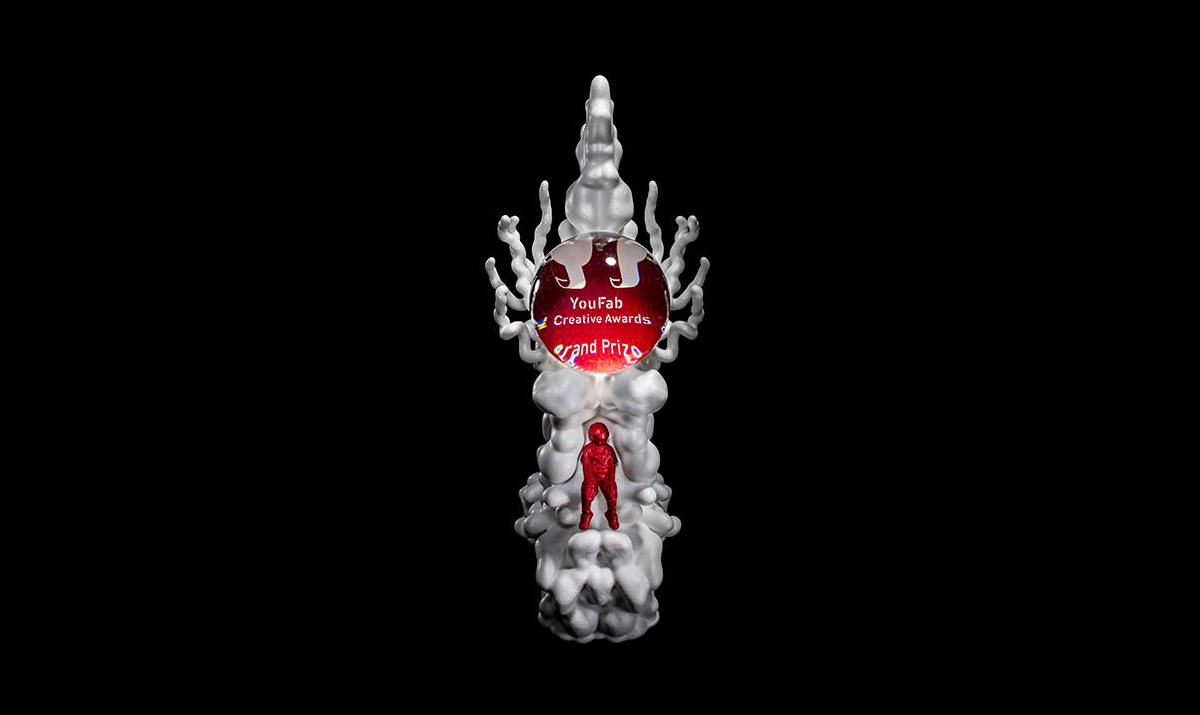
A trophy designed by Kohei Nawa will also be awarded to the Grand Prix.
GRAND PRIZE
Title
Penta KLabs (sites specific art project biennale- Semarang, Central Java, Indonesia)
Creator
-
Judge’s comment: 若林恵(編集者)

There may be nothing that changes a person's attitude, behavior, or mindset as much as a "place." The placement of something small can reduce or extend the distance or relationship between people. If something like "innovation" is to be "the power to update society," nothing can contribute as much to it as "place." However, that does not mean that the "hard" of the building is fabricated. What should be "fabbed" there is the "environment" in the broadest sense. A wide variety of people, nature, culture, protocols, etc. are intermingled in the place like a net. How can we hack the complex system, which tends to be fixed and fixed, and create new encounters and relationships? A permanent, goalless experiment to DIY life and society. I don't think there was anything in this application that accurately expressed the word "convivality" as much as this project.
-
Judge’s comment: Leonhard Bartolomeus
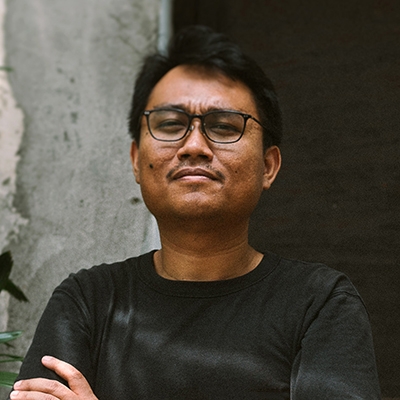
One thing to note about this year's YouFab Grand Prize winners is that technology has little to do with it as a major medium. The "PentaKLabs" they applied for is a "place-making" project that realizes the idea of bridging the three of the public, the artist, and their natural environment. Hysteria focused on focusing on human and environmental needs first, rather than technological advances. By doing fieldwork of visiting the site and spending time with people, we collect issues and enable artists to grow them with the local people. PentaKLabs allows people to hack the knowledge of the artist, and vice versa, to allow the artist to hack the knowledge of the people, rather than just intervening. With the hope that it will be useful for both parties in the future. There is no technology device, but its sharing and community engagement practices can be seen as convenience technology. This is a theme that we should focus on for the next few years, and we believe that we need to strive to utilize technology as a gift to reconnect humanity with its environment.
-
Judge’s comment: 林千晶(株式会社ロフトワーク 代表取締役)
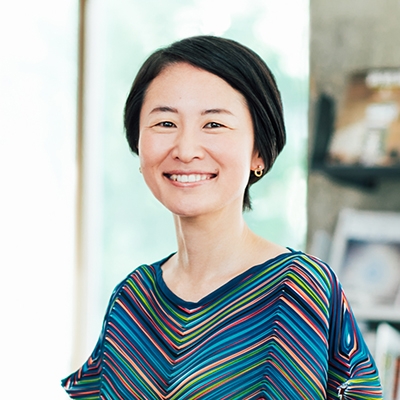
A bio enthusiast went to an interesting place in Indonesia last summer. It is by no means a wealthy area. However, regardless of whether or not they had money, the positive energy of "I'll change this area" gathered, and they were engaged in avant-garde activities in Fab, biotechnology, theater, and so on. I thought, "This kind of place may be the center of the next era." It wasn't until after the award was decided that I realized that the place was this year's Grand Prize. It may not be a coincidence that the award-winning works are no longer "things" that make us feel the cutting edge of biotechnology and Fabs, but are "things" that govern the activities themselves, and that they are no longer "Western" but "Asia". It was a work that made me feel that way.
-
Judge’s comment: 松村圭一郎(岡山大学文学部准教授 / 文化人類学者)
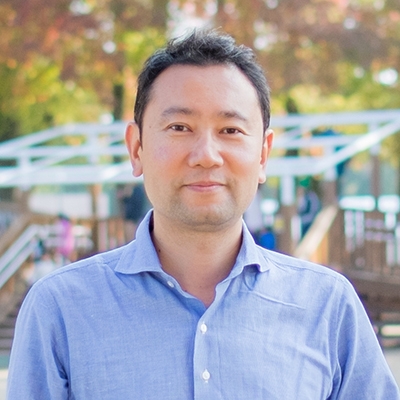
It's an activity that makes you think from the ground up what you use technology to create art works. There is neither a "work" nor a "product" as a completed form. This is because making things is not the goal. They face the lives of people suffering from floods and water problems. Convivality does not rely on large institutions or powers to solve problems, but it unleashes its potential in the search for solutions on its own. They conduct ethnographic research with people, gather their daily practical knowledge, and create a place for artists to participate. We will hold a symposium with scholars and government officials and share their knowledge. It's more meaningful than creating a work that relies on the "newness" of technology. There can be no technology that is separate from human social life. Their activities involve people, create their own convivial venues, and reaffirm that we have the power to tackle problems.
FIRST PRIZE
-
Judge’s comment: 林千晶(株式会社ロフトワーク 代表取締役)

It was created by an Israeli-based artist unit for "Jerusalem Design Week". The starting point is "Hansen House," which was once used as a treatment center for Hansen's disease and now functions as a media center that creates technology and design. Focused on the Arabs working there. Taking a picture of seven employees, a specially developed algorithm breaks it down into 471 circularly broken shafts, and the overlapping threads that come and go make the expression stand out. It's just a "line recipe". Many Arabs (or Palestinians) live in East Jerusalem. It is a work that cannot help thinking about the conflict and cooperation between Jews and Arabs in Israel.
SPECIAL PRIZE
-
Judge’s comment: 福田 敏也(博報堂フェロー/Chief Creative x Technology Officer/大阪芸術大学デザイン学科教授/株式会社トリプルセブン・クリエイティブストラテジーズ代表取締役/FabCafe 共同設立者)
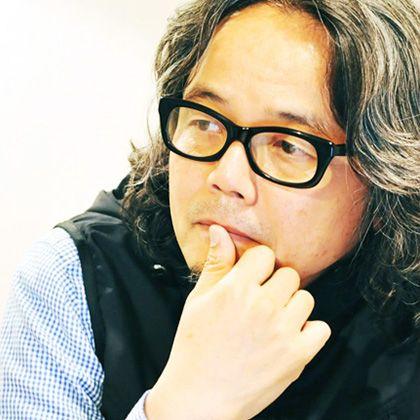
We are bound by the preconceived notion of "standing" within our hearts. Unknowingly. Being entangled in the preconceived notions that bind you, you repeat a narrow range of thoughts. What is "Stand"? If you really want to create something new, you have to face the essence of its meaning. You have to break the wall of preconceived ideas and be free. The creators of these works have great expectations for what kind of innovation will be born in the future.
SPECIAL PRIZE
SPECIAL PRIZE
-
Judge’s comment: 近森基(株式会社プラプラックス代表取締役)

Zoetrope, glass harp, and shadow puppets that are the components of this work. They may not be the latest technology, but this work gives us a glimpse of another possibility that has branched out in the process of technology evolution. It can be called steampunk anymore. It is also based on the local everyday context discovered by the artist himself, and the technique and image are skillfully woven into one story. At first glance, the seemingly shining light on a glass cup, an everyday tool that everyone has had, suggests that there are always small discoveries around us. They are doing it. I hope that this small awareness will spread as a branch that opens up new possibilities.
STUDENT PRIZE
-
Judge’s comment: 松村圭一郎(岡山大学文学部准教授 / 文化人類学者)

Anyone can be a guerrilla soldier in a battle to add green to the city. Put the "bomb" in this cute package in your pocket and drop seed bombs into vacant lots and concrete crevices in big cities. It's exciting to imagine yourself like that. I'm already full of high-tech and presentations pretending to be a futuristic world view. This work, while reminiscent of a little idea, a sense of design, and a low-key technology, moves the hearts of those who have it, and gives us the hope that we can change the city a little with our own hands. That's because the completion of this work (increasing greenery in the city) is left to the person who gets it. Neither art nor technology is the property of artists or engineers. Viewers and consumers will enjoy participating in the process of enriching art and technology. And expand the world of experience of yourself and those around you. That creates a convivial world.
GENERAL PRIZE
-
Judge’s comment: Leonhard Bartolomeus

"Jungle of Nusa" has its own fun traits. It's an installation of objects, but at the same time it creates a space that intervenes in the urban infrastructure. The original concept itself recreates the "jungle". ,about it. The jungle is not found in everyday life in the city, especially in the city where the creator lives, but this attitude does not directly change to the form of green forestation, but instead the concrete blocks and steel frames spread rapidly. In the meantime, it is a form of having people newly imagine what it means to have a shared space called a jungle where people can interact with each other. By choosing PVC material, we try to bring a familiar atmosphere to the lives of Malaysian people. This is because PVC pipe is widely used as a material in Malaysia. PVC is highly durable, giving you the flexibility to place your project in a variety of spaces. It also opens up the possibility for others to build and rebuild it themselves, creating open source values. In the context of convenience, this project came up with the idea of connecting people. This project allows people to talk and play through interactive sounds. The value of these interactions and collaborations stands out as an important aspect, which is why we received the "Jungle of Nusa" award.

